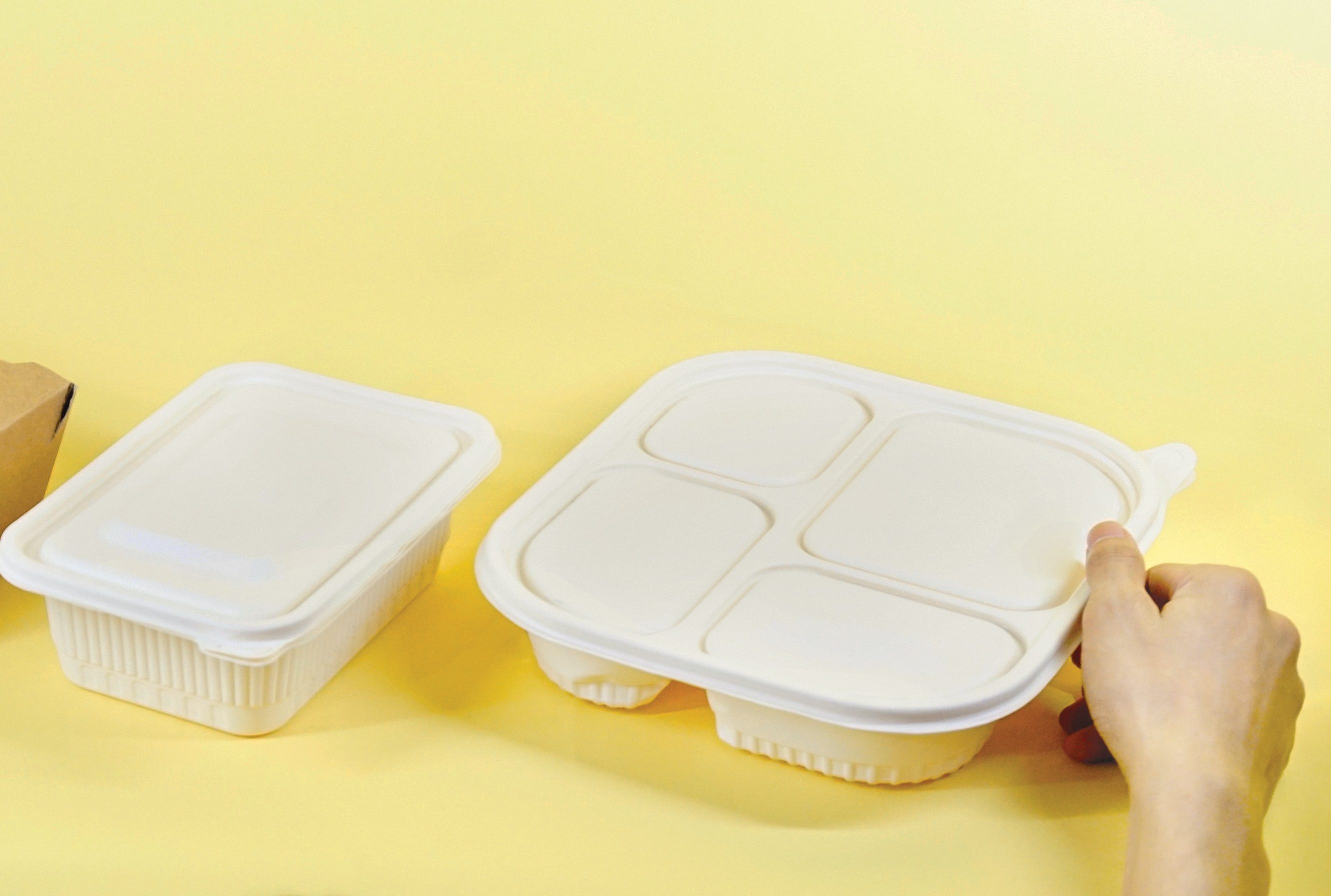Introduction to Sustainable Packaging
Ever noticed how that delicious snack you just munched on comes in a plastic wrapper that’ll likely last decades or even centuries? It’s no secret: conventional food packaging, while convenient, has lasting environmental consequences. Enter the hero of our story: sustainable food packaging.
Why Sustainability Matters
You see, Earth isn’t just a planet; it’s our only home. Just as you wouldn’t throw trash around in your living room, it’s crucial to consider how we treat our global home. Sustainable practices aren’t just good for the environment; they’re essential for our survival and well-being. And when we talk about sustainability, it’s not just about trees and animals; it’s about ensuring a livable world for our children and their children.
Evolution of Food Packaging
From banana leaves used in tropical countries to the aluminum and plastic wonders of the 20th century, food packaging has come a long way. But progress often comes with a price. While modern packaging techniques have certainly extended shelf life and improved hygiene, they’ve also led to heaps of non-biodegradable waste.
The Need for Sustainable Packaging
Environmental Impacts of Traditional Packaging
Our oceans are brimming with plastic, and landfills are overflowing. Traditional food packaging not only depletes natural resources but also releases harmful toxins during decomposition. It’s a ticking time bomb, folks.
Consumer Demand for Sustainability
Today’s consumers aren’t just concerned with what’s inside the packaging; they care about the packaging itself. An increasing number of shoppers are demanding eco-friendly packaging solutions, driving businesses to rethink their strategies.
Key Types of Sustainable Food Packaging
Biodegradable Packaging
Remember how I said Earth is our home? Biodegradable packaging is like renting a room and leaving it spotless once you’re done.
Advantages
- Decomposes naturally, returning to nature.
- Reduces landfill waste.
Limitations
- Not always suitable for all food types.
- Might have a shorter shelf life than its plastic counterparts.
Edible Packaging
Why just eat the contents when you can munch on the container too? Think ice cream cones but for more food items.
Advantages
- Zero waste.
- Offers a novel eating experience.
Limitations
- Not always practical for all food items.
- Limited protective capabilities.
Recycled and Recyclable Packaging
Using what’s old to make something new? That’s the mantra behind this method.
Advantages
- Conserves resources.
- Reduces the need for virgin materials.
Limitations
- Quality might degrade over multiple recycling processes.
- Not all materials are recyclable.
The Future of Sustainable Food Packaging
Imagine a world where food packaging complements the environment instead of harming it. With advancements in technology and design, and a growing emphasis on sustainability, this dream isn’t too far off. From plant-based plastics to smart packaging that can communicate freshness levels, the future looks bright and green.
Conclusion
Choosing sustainable food packaging isn’t just a trend; it’s a responsibility. As consumers, we have the power to drive change by supporting products with eco-friendly packaging. And for businesses, it’s not just about meeting consumer demand but also about paving the way for a brighter, more sustainable future.
So, the next time you’re out shopping, why not make a choice that’s good for your taste buds and the planet?
What is sustainable food packaging?
Are sustainable packages more expensive?
How can I identify sustainable packaging?
Is edible packaging safe?



